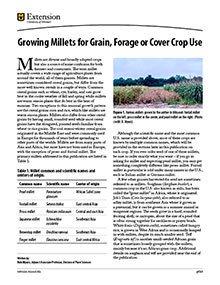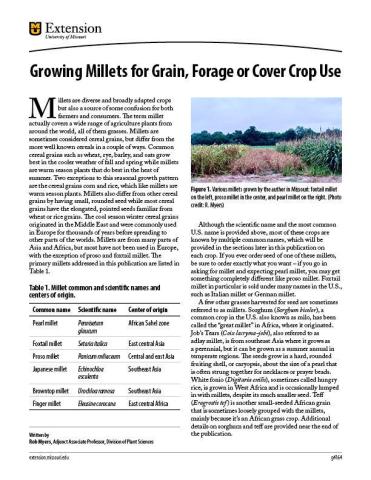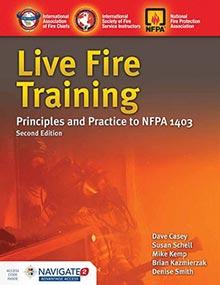

Live Fire Training Principles and Practice, Second Edition Manual
New $110
This manual provides a definitive guide on how to ensure safe and realistic live fire training for both students and instructors. It addresses all the requirements for NFPA 1403, Standard on Live Fire Training Evolutions, 2018 Edition.
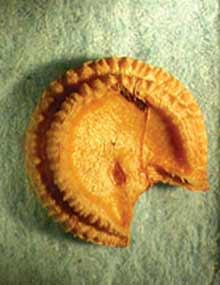
Missouri Weed Seeds, Page 31
Reviewed
Although there are about 75 genera of Menispermaceae (Moonseed famiy), Missouri has only three known genera.
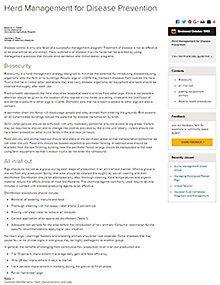
Herd Management for Disease Prevention
Reviewed
This publication provides guidance on preventing disease in swine herds through biosecurity measures, sanitation, and immunization programs.
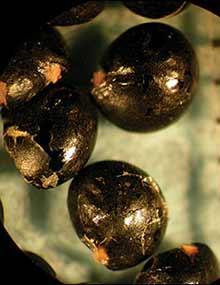
Missouri Weed Seeds, Page 34
Reviewed
Phytolaccaceae (Pokeweed family) is a relatively small plant family that has only one genus occurring in Missouri, common pokeweed.
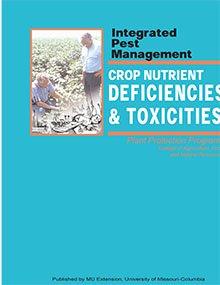
Crop Nutrient Deficiencies and Toxicities
Reviewed
Editor's note
The following abstract describes a publication that is only available as a downloadable PDF.
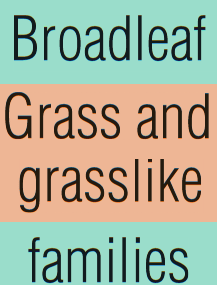
Missouri Weed Seeds, Page 02
Reviewed
See the common names of the broadleaf and the grass and grasslike plant families covered in this publication.
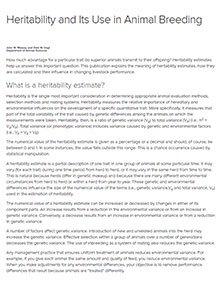
Heritability and Its Use in Animal Breeding
Reviewed
Heritability has a large influence on livestock performance. Visit our website to learn about Heritability and Its Use in Animal Breeding.

Missouri Weed Seeds
Reviewed
Positive identification of pests, including weeds, is the first step in a sound integrated pest management program. This publication can aid in identifying weeds by their seed characteristics.
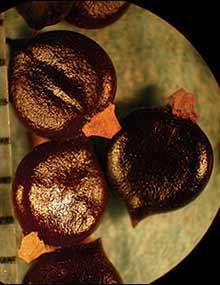
Missouri Weed Seeds, Page 37
Reviewed
Identify smartweed species like wild buckwheat and curly dock using images and seed details for accurate comparison.
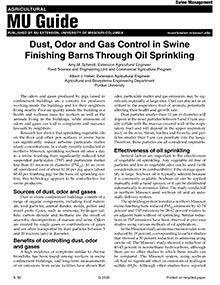
Dust, Odor and Gas Control in Swine Finishing Barns Through Oil Sprinkling
New
Sprinkling soybean oil in swine barns reduces dust, ammonia, and odors, improving air quality for workers and animals at a low cost per pig.
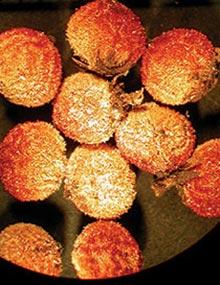
Missouri Weed Seeds, Page 05
Reviewed
In addition to several sumac species, poison ivy is a member of the Cashew family (Anacardiaceae) and is widespread throughout the state.

Missouri Weed Seeds, Page 40
Reviewed
Rhamnaceae (Buckthorn family) has three genera found in the state; Rhamnus spp. or buckthorn is the more common with three species.
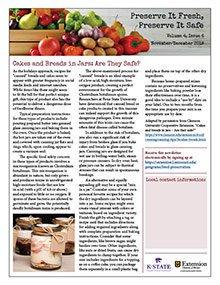
Preserve It Fresh, Preserve It Safe: 2018, No. 6 (November/December)
New
Tips for stress-free holiday food-prep and gifting: Gift dry cake and bread mixes layered in jars. Label home canned food gifts for safety. Prepare and freeze foods for dinner ahead of time. Learn more in this University of Missouri Extension newsletter.
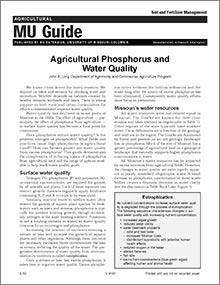
Agricultural Phosphorus and Water Quality
Reviewed
This guide demonstrates the complexities of reducing losses of phosphorus from agricultural land and the range of options available to help reach water quality goals.
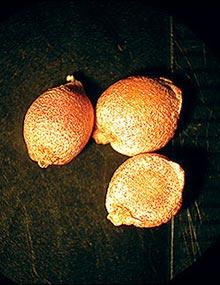
Missouri Weed Seeds, Page 08
Reviewed
The two most prevalent members of the arum family (Araceae) are jack-in-the-pulpit and the closely related green dragon, both found throughout the state.
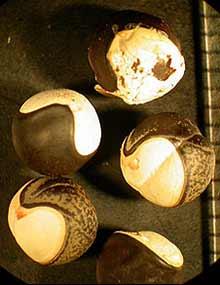
Missouri Weed Seeds, Page 43
Reviewed
Sapindaceae (Soapberry family) has only two genera present in the state and is not common, although there are about 140 members worldwide.
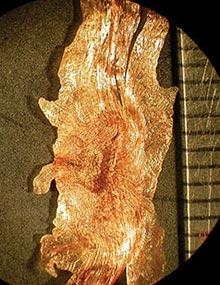
Missouri Weed Seeds, Page 11
Reviewed
Besides trumpetcreeper, there are few species of catalpa that are present in this family (Bignoniaceae) in Missouri.
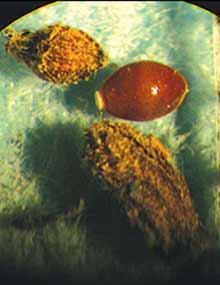
Missouri Weed Seeds, Page 46
Reviewed
Information about the Urticaceae (nettle) family, focusing on Laportea canadensis (wood nettle) and Parietaria pensylvanica (pellitory).
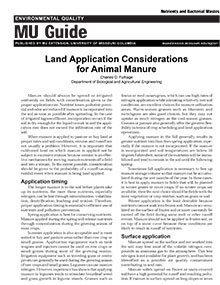
Land Application Considerations for Animal Manure
Reviewed
Learn best practices for land applying animal manure to minimize nutrient loss, reduce pollution, and protect water quality.
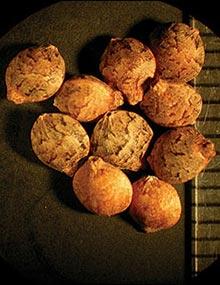
Missouri Weed Seeds, Page 14
Reviewed
Other than hops, Cannabaceae (Mulberry family) includes mulberry, Osage orange and hemp.
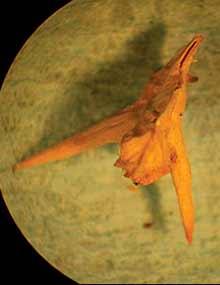
Missouri Weed Seeds, Page 49
Reviewed
information on the Zygophyllaceae (Caltrop family), focusing on puncturevine (Tribulus terrestris), a common species in Missouri.
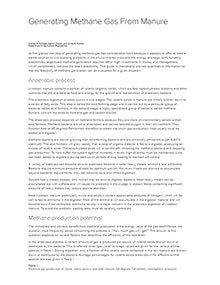
Generating Methane Gas From Manure
Reviewed
Did you know that you can generate methane gas from manure? Visit our site to learn about Generating Methane Gas From Manure.
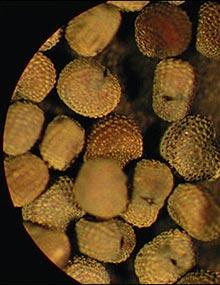
Missouri Weed Seeds, Page 17
Reviewed
At least 14 species of “chickweed” and several species of sleepy catchfly make up the majority of Caryophyllaceae (Pink family) in Missouri.
